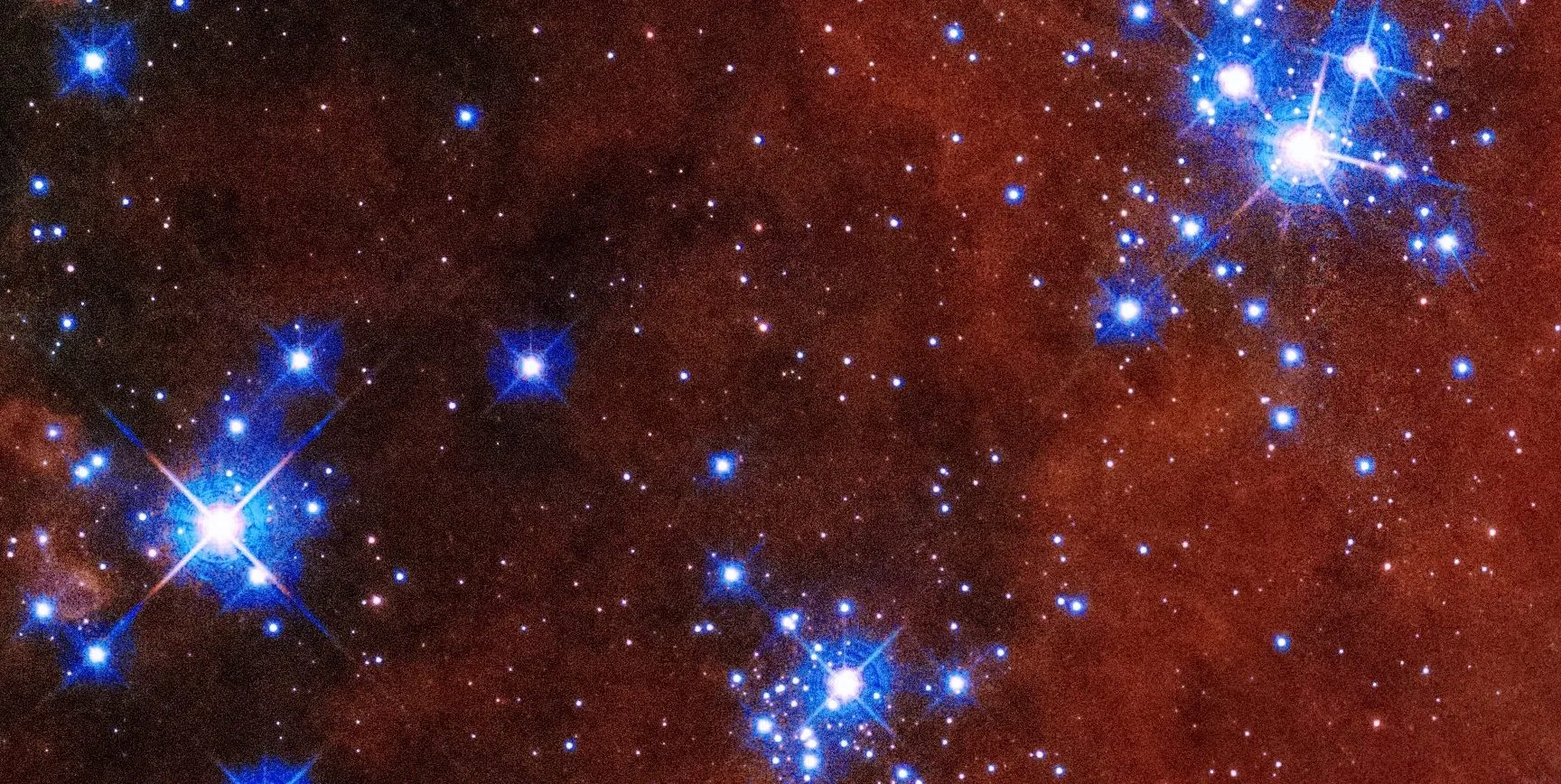Throughout human history, our understanding of the universe has undergone significant changes. From ancient times, people saw Earth as the cosmic center. The Copernican revolution displaced us from that view. Since then, our place in the cosmos has changed. The View from the Center of the Universe by Joel R. Primack and Nancy Ellen Abrams offers a new perspective. It puts humanity back at the center. Not through physical means. But, by acknowledging our role as conscious observers of the universe.
The Concept Behind the View from the Center of the Universe
This work questions the idea that humans are unimportant in a huge universe. Instead, it argues that modern cosmology actually places us in a special position. We are not the universe’s physical center. But we are in the middle. We are between the smallest quantum particles and the largest cosmic structures. This realization lets us find new significance. It avoids old, geocentric models.
The book uses metaphors and visuals to change how we see our place in the universe. A central idea is that each observer is at the center of their own observable universe, no matter where they are. This framework transforms how about space, time, and our cosmic role.
The Cosmic Density Pyramid
A key visual from The View from the Center of the Universe is the Cosmic Density Pyramid. It categorizes the universe’s composition. It reveals that ordinary matter—everything we can see and touch—makes up only about 5% of the universe. The rest consists of dark matter (around 25%) and dark energy (approximately 70%). This structure explains the universe’s makeup. It also shows that the material world, including humans, is extraordinary.
Cosmic Spheres of Time: A New Perspective on the Universe’s Center
Another powerful concept from the book is the Cosmic Spheres of Time. This idea bases itself on light and relativity. We can only see light that has had time to reach us. So, we are at the center of a sphere of observable time.
This fact challenges the old idea that the cosmos is indifferent to us. It restores a sense of human centrality, not through superstition but through physics.
The Cosmic Uroboros: Bridging the Micro and Macro Worlds
The View from the Center of the Universe has a striking metaphor. It is the Cosmic Uroboros, a serpent eating its own tail. This representation illustrates the unity of all scales of existence. Humans are midway between the tiniest particles and the largest cosmic structures.
This insight fosters a renewed appreciation for the uniqueness of human perception. We can grasp both the quantum world and vast galaxies. So, we hold a special place in the cosmos.
Rethinking Our Cosmic Significance
Scientific discoveries have historically fostered a growing awareness of existential insignificance. Yet, The View from the Center of the Universe seeks to reverse this trend. It shows that our knowledge of the cosmos enhances human importance. The very act of understanding the universe is, in itself, extraordinary.
We can move beyond nihilism by recognizing our role in the cosmic order. It will help us embrace a view that combines science with meaning.
The Search for Extraterrestrial Intelligence
A common question about our place in the universe is: Are we alone? The View from the Center of the Universe addresses this. It examines the odds of extraterrestrial life. With so many planets in the universe, aliens likely exist. The book suggests that, even if aliens exist, human minds are rare and precious.
This reinforces the importance of valuing and preserving our own civilization. If intelligence is rare in the universe, our minds matter more. They can think, create, and explore.
A Call to Action: Contemplating Universal Issues, Taking Global Steps
The View from the Center of the Universe has a powerful message. It inspires action. The book encourages readers to “think cosmically, act globally.” Knowing our cosmic significance can inspire us. It can make us care for the environment, society, and the future.
This view holds that our actions on Earth are cosmic responsibilities. They are not just personal or national concerns.
Conclusion
The View from the Center of the Universe challenges the idea that we are insignificant in the cosmos. It offers a science-based view of meaning and purpose instead. The book explains how humans can know and shape the universe’s future. It uses three things to illustrate this: the Cosmic Density Pyramid, the Cosmic Spheres of Time, and the Cosmic Uroboros.
This view can help us shed outdated ideas about our place in the cosmos. It can foster a worldview that encourages scientific curiosity and ethical responsibility. We must recognize our unique place in the universe. It can inspire us to think big, act responsibly, and value our chance to be human.



































